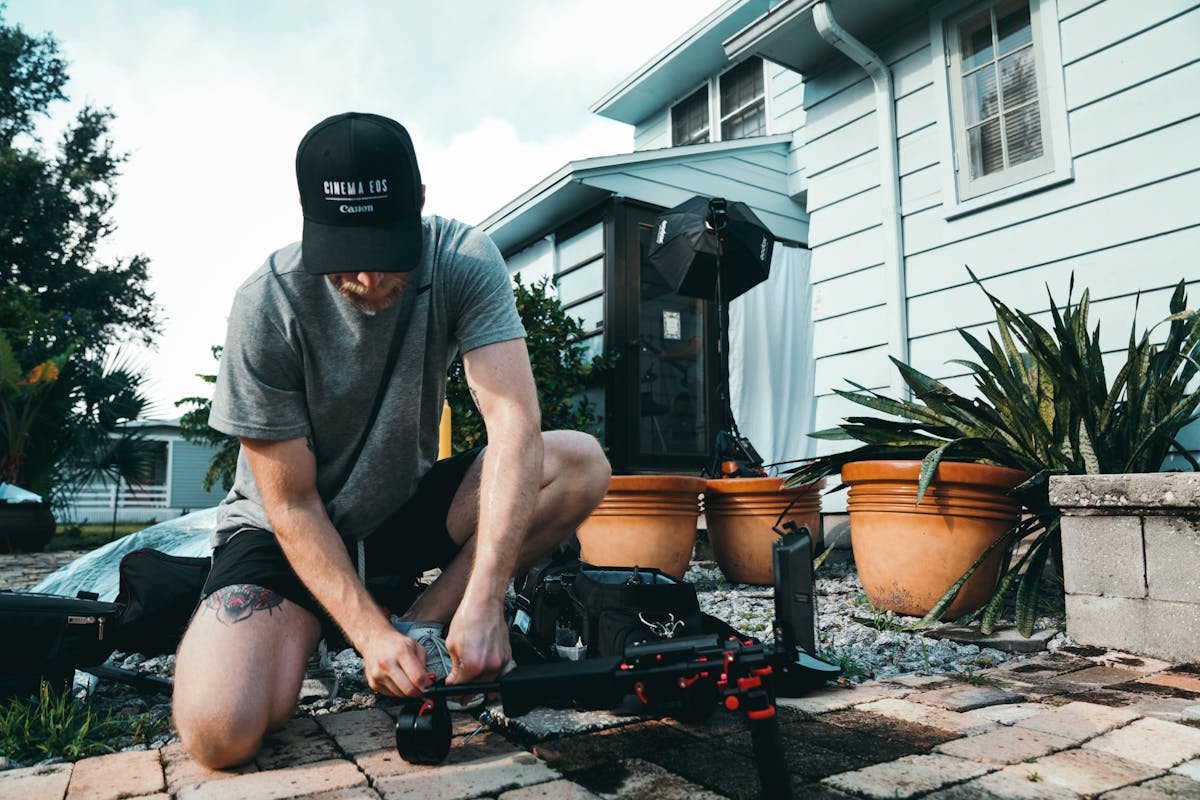Gardening is a rewarding and enjoyable hobby, but it requires the right tools to ensure success. From pruners to shovels, each piece of gardening equipment plays a crucial role in maintaining a healthy and beautiful garden. However, to get the most out of your tools and ensure they last for many seasons, proper maintenance is essential. This article will guide you through the best practices for keeping your gardening equipment in top shape.
Cleaning Your Tools
One of the most important aspects of gardening equipment maintenance is regular cleaning. Dirt, sap, and plant residue can accumulate on tools, leading to rust and reduced efficiency. Here’s how to keep your tools clean:
- Basic Cleaning: After each use, wipe down your tools with a damp cloth to remove dirt and debris. For tougher residues, use a brush or putty knife to scrape off any caked-on soil.
- Deep Cleaning: Periodically, give your tools a thorough cleaning. Soak them in a solution of warm water and mild soap for a few minutes, then scrub with a brush. Rinse and dry them thoroughly to prevent rust.
- Disinfecting: To prevent the spread of plant diseases, disinfect your tools regularly. Wipe them with a cloth soaked in a solution of one part bleach to ten parts water, then rinse and dry.
Sharpening Blades
Sharp blades are crucial for the efficient performance of many gardening tools, such as pruners, shears, and hoes. Dull blades can damage plants and make your work harder. Here’s how to keep them sharp:
- Sharpening Stones: Use a sharpening stone to hone the edges of your blades. Hold the stone at the correct angle (usually specified in the tool’s manual) and move it along the blade in a consistent motion.
- File: For larger tools like shovels and hoes, a metal file can be used. File the edge in one direction until it’s sharp.
- Professional Sharpening: If you’re unsure about sharpening your tools yourself, consider taking them to a professional. This ensures that they are sharpened correctly and safely.
Rust Prevention
Rust is the enemy of metal gardening equipment. It can weaken tools and shorten their lifespan. Here’s how to keep rust at bay:
- Drying: Always dry your tools thoroughly after cleaning them. Moisture is the main cause of rust.
- Oil: Apply a thin layer of oil to metal parts to create a barrier against moisture. Linseed oil is a good option for wooden handles as well, as it prevents them from drying out and cracking.
- Storage: Store your tools in a dry place. Consider hanging them up or using a tool rack to keep them off the ground. For extra protection, you can store small tools in a bucket of sand mixed with oil.
Handle Care
Wooden handles need attention to prevent splinters and breakage. Here’s how to maintain them:
- Sanding: Sand down any rough spots or splinters with fine-grit sandpaper.
- Oiling: Apply linseed oil to wooden handles to keep them moisturized and strong. This also helps to prevent cracking and splintering.
Regular Inspection
Regularly inspect your gardening equipment for any signs of damage or wear. Look for cracks in handles, loose screws, or bent parts. Address these issues promptly to prevent further damage and ensure your tools are safe to use.
Conclusion
Maintaining your gardening equipment is a crucial aspect of gardening that ensures your tools are always ready for use and can last for many years. By incorporating regular cleaning, sharpening, rust prevention, handle care, and inspection into your routine, you can keep your tools in top shape. Not only will this save you money in the long run, but it will also make your gardening tasks easier and more enjoyable.


